/Environmental Status/Species
Type of resources
Available actions
Topics
INSPIRE themes
Keywords
Contact for the resource
Provided by
Representation types
Update frequencies
status
Scale
-
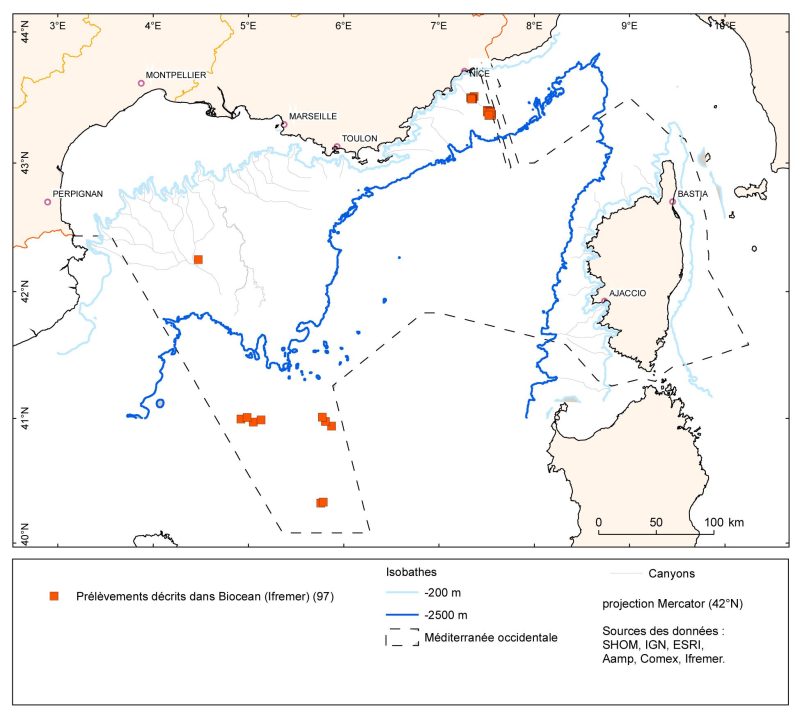
The data is provided as a layer of points representing the samples taken (operations) in the French Mediterranean. The lists of species identified corresponding to these sample points are in the Biocean database.
-
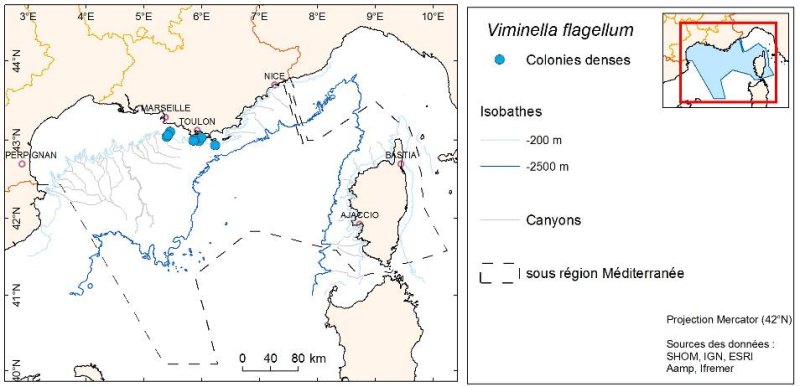
Species distribution is provided as a layer of points representing in situ observations of organisms observed during dives submersible into the canyons in the Mediterranean mainland.
-
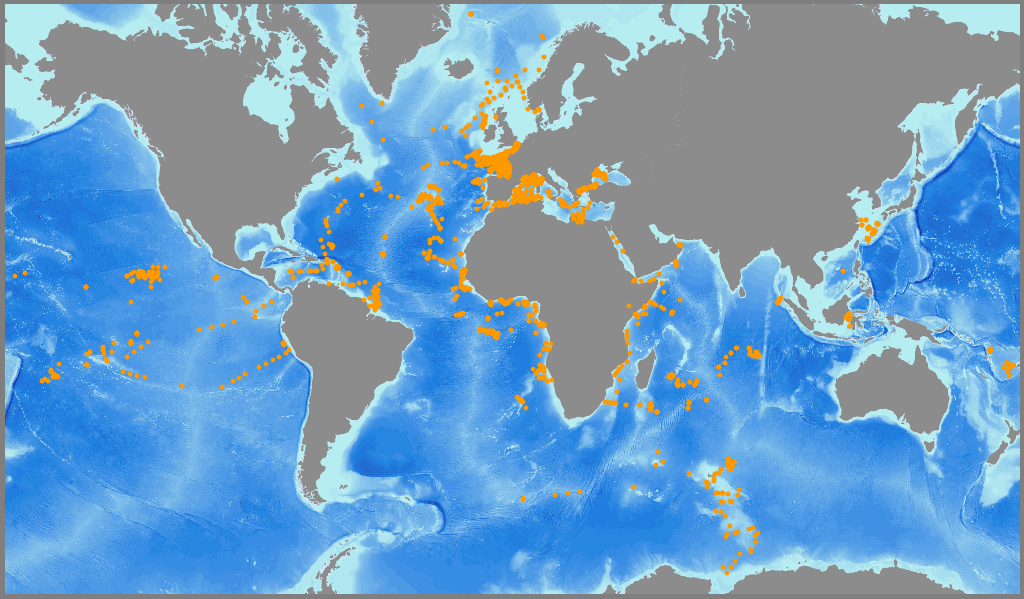
Localisation of marine geological and biological samples, stored in the biology and geology ocean database managed by IFREMER (BIGOOD, BIology and GeOlogy Ocean Database).
-
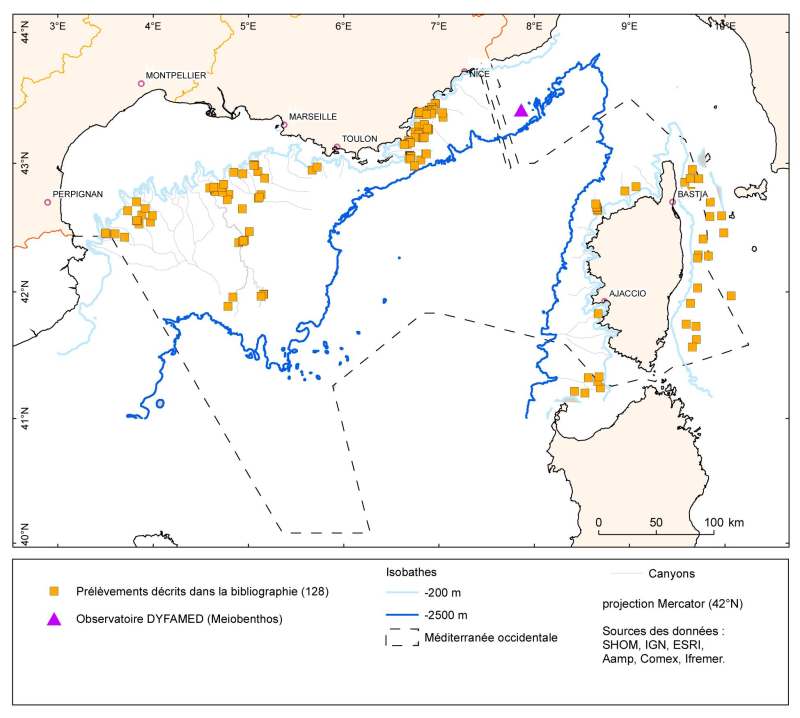
The data are provided as a layer of points representing the benthic samples (operations) in the French Mediterranean. The lists of species identified corresponding to these sampling points are given in the bibliographic references indicated in the layer.
-
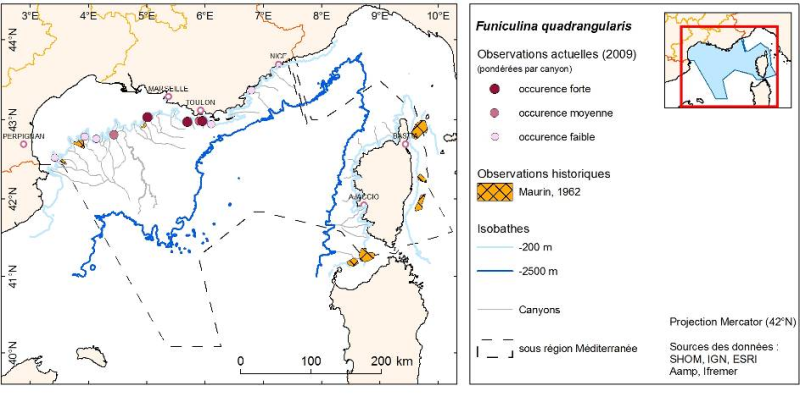
Layer of Polygons representing the distribution of organisms described in the bibliography by Maurin (1962) and obtained by trawling in the canyons of the French Mediterranean.
-

-
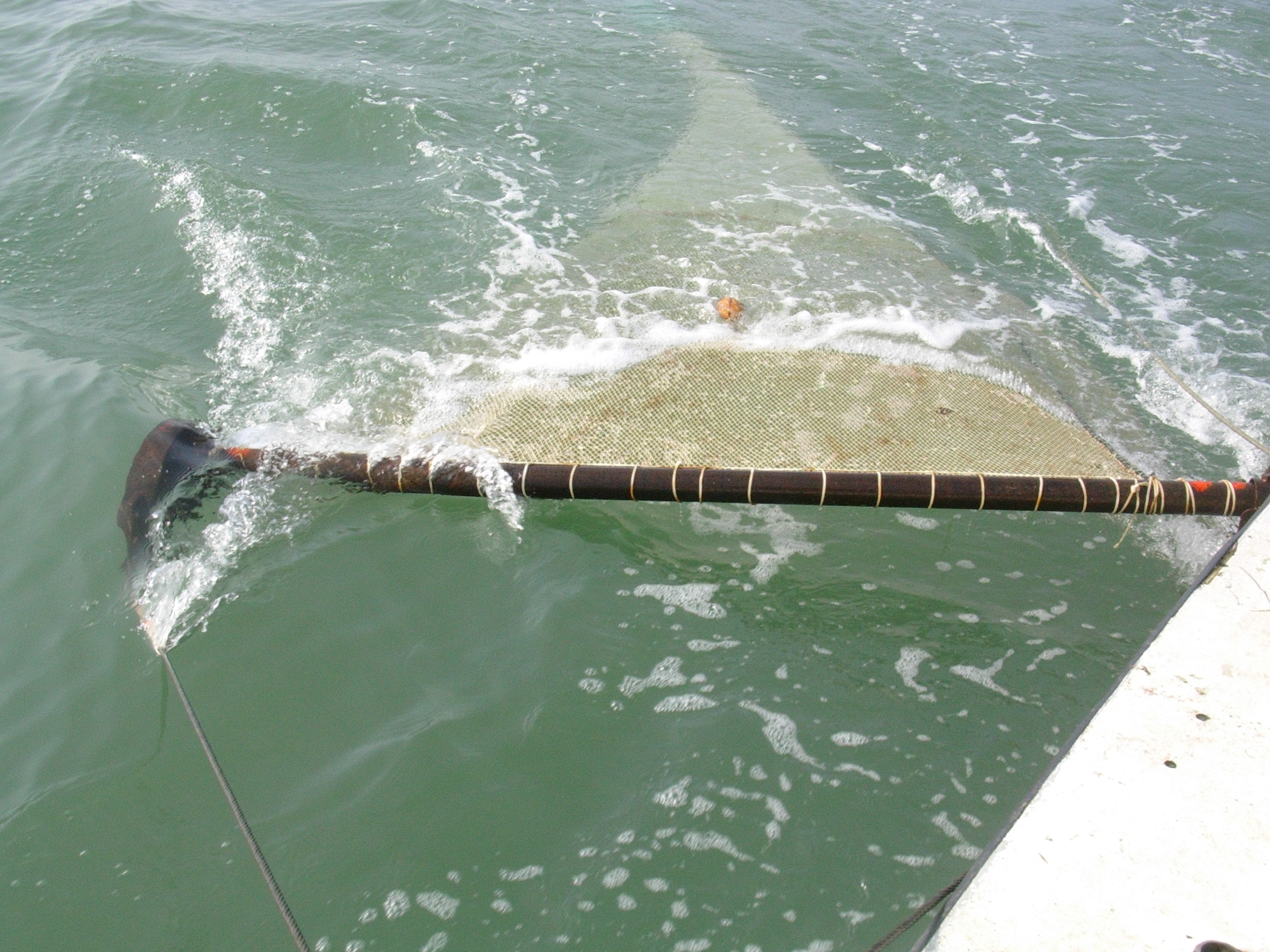
The objective of this cruise, which has been taking place in the English Channel - Baie de somme since 1980, over 5 days in September, is to evaluate the natural multi-year fluctuations of the stands and to analyze the possible impact of the nuclear power plant on the marine environment and resources. It makes it possible to determine annual indices of abundance and distribution of flatfish and other species (shrimp, pout, whiting).
-
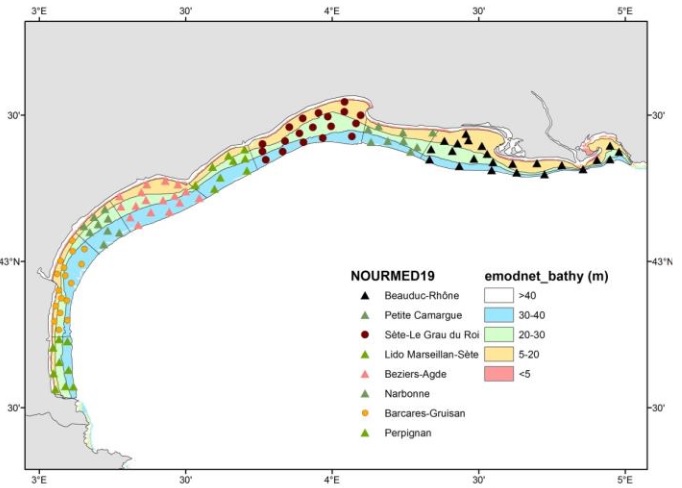
As part of the implementation of the monitoring programme of the Marine Strategy Framework Directive (MSFD), the monitoring of demersal fish and cephalopods in coastal soft environments was deemed a priority. Annual observation campaigns of coastal nurseries on soft bottoms were carried out by the Laboratoire Halieutique Méditerranée of the Ifremer station in Sète. The objectives of these campaigns are 1. To evaluate the density, biomass and distribution of fish and cephalopods by trawling, in particular benthic and demersal juveniles (red mullet, gurnard). To do this, around one hundred standardised trawl surveys were carried out over the entire coastal strip of the Gulf of Lion situated between 5m and 40m depth. 2. To systematically measure the size of the individuals collected in order to characterise the importance of the nursery function in the areas observed and to better understand the population dynamics of local species. 3. To gain a better understanding of the coastal zone ecosystem by systematically identifying all the species encountered (including benthic and pelagic invertebrates other than fish and cephalopods), the macro-waste observed and by characterising their hydrological habitats (CTD, oxygen, fluorescence, pH, turbidity, etc.).
-
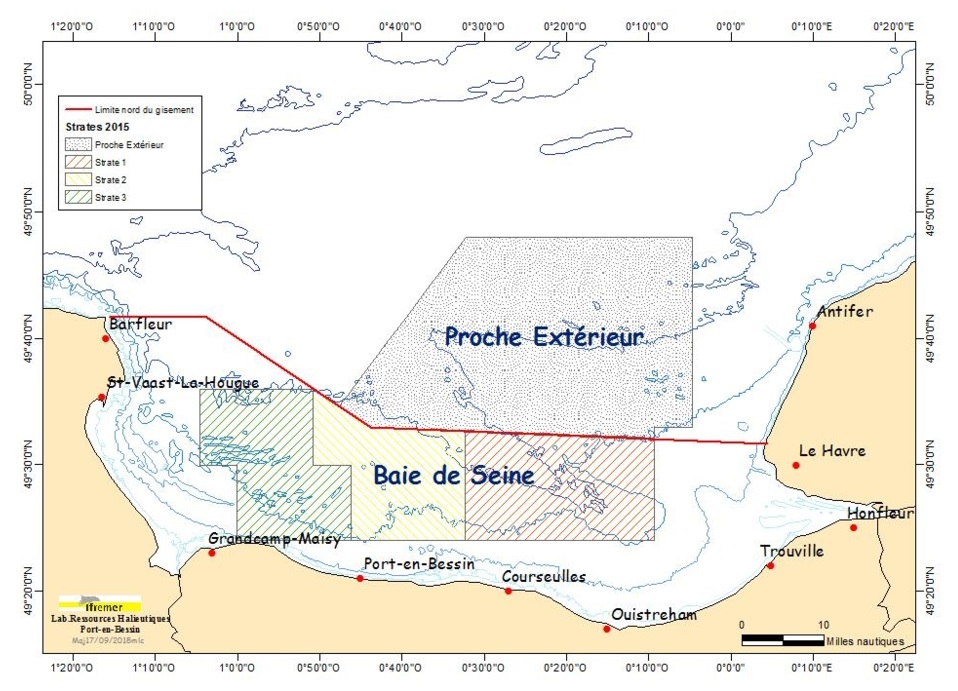
The COMOR cruises, which took place on the Thalia, aim to assess the abundance of the scallop stock (and if necessary to determine the presence of toxic algae) in the Seine Bay.
-

Layer of points representing the abundance weighted per canyon of observed organisms during submersible dives in the Mediterranean continental canyons.
 Mon GéoSource
Mon GéoSource